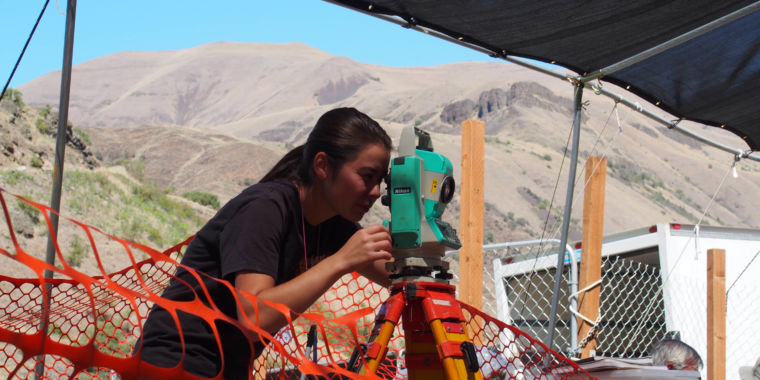Stone tools suggest the first Americans came from Japan arstechnica.com
posted by
 AkihabaraBot
|
6 years, 2 months ago
AkihabaraBot
|
6 years, 2 months ago

That's well before a corridor between ice sheets opened up, clearing an inland route south from the Bering land bridge.
Stone tools from the site suggest a possible connection between these first Americans and Northeast Asian hunter-gatherers from the same period.
That's about 2,000 to 1,500 years before the great continent-spanning ice sheets of the Pleistocene began to break up.
That break-up opened an ice-free corridor southward from the Bering land bridge between the towering sides of the Cordilleran and Laurentian ice sheets.
Some of the younger stone tools from Nipéhe are about the same age as the Clovis culture, but they're clearly a separate technology.